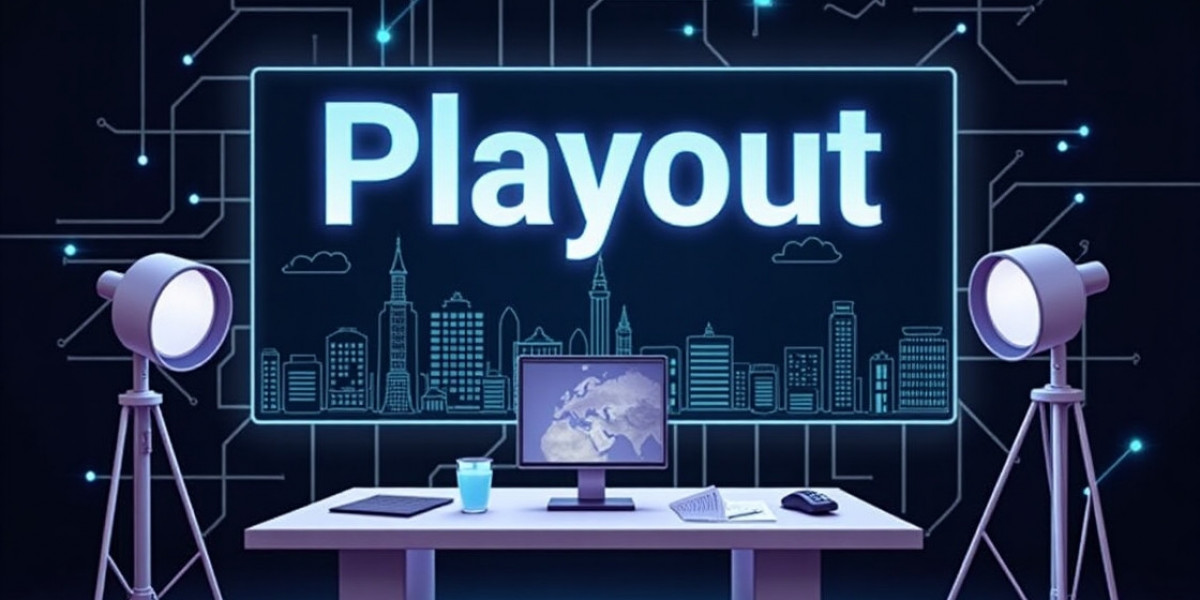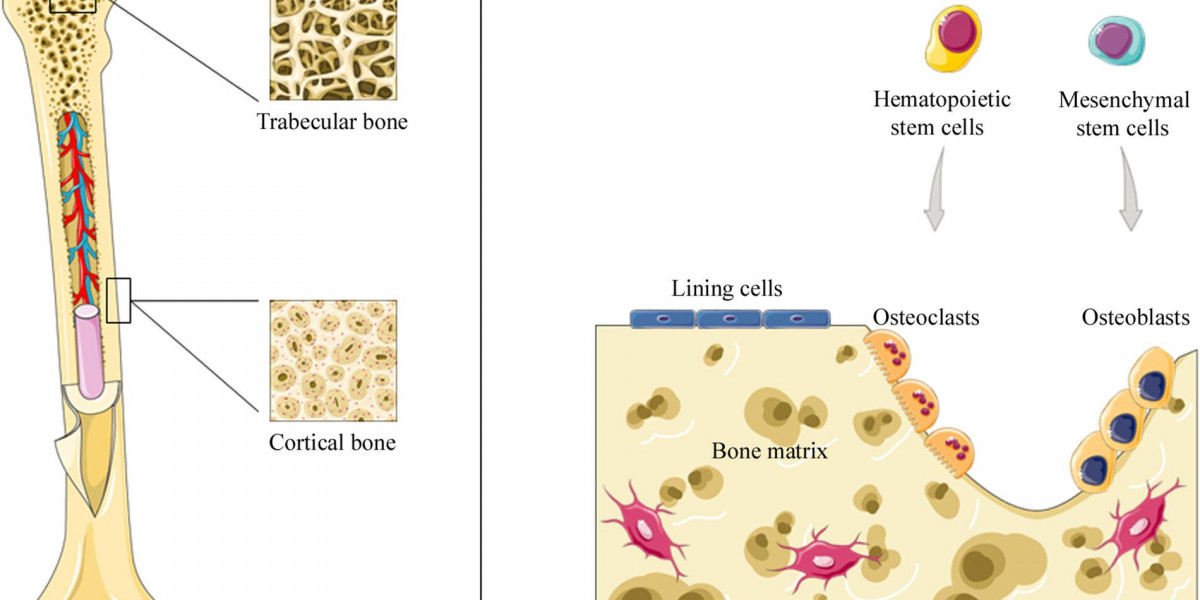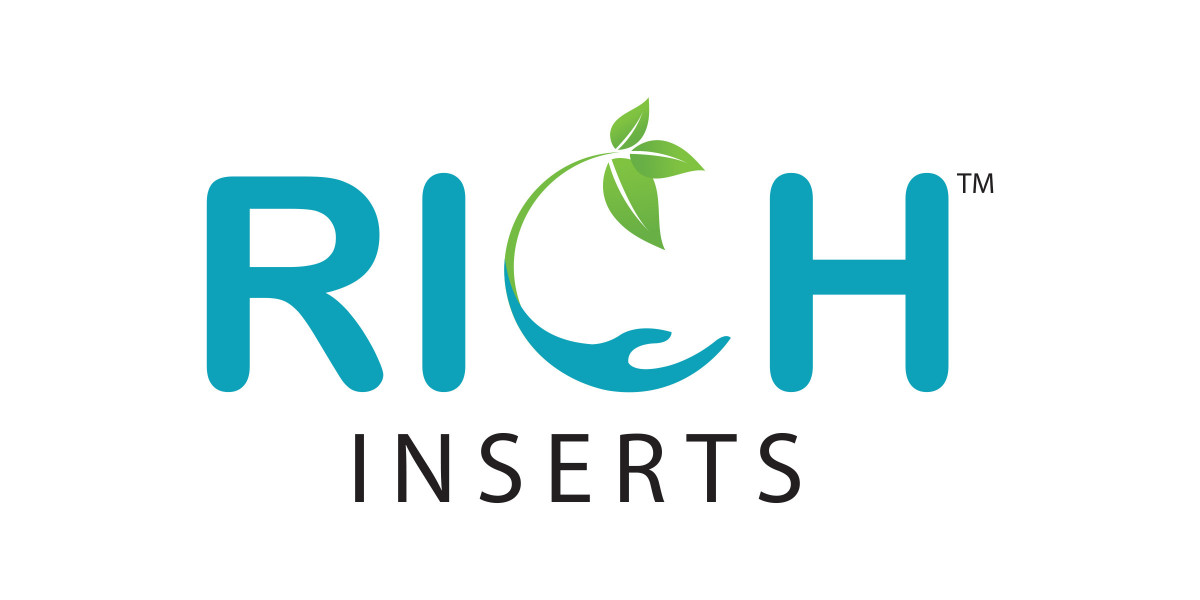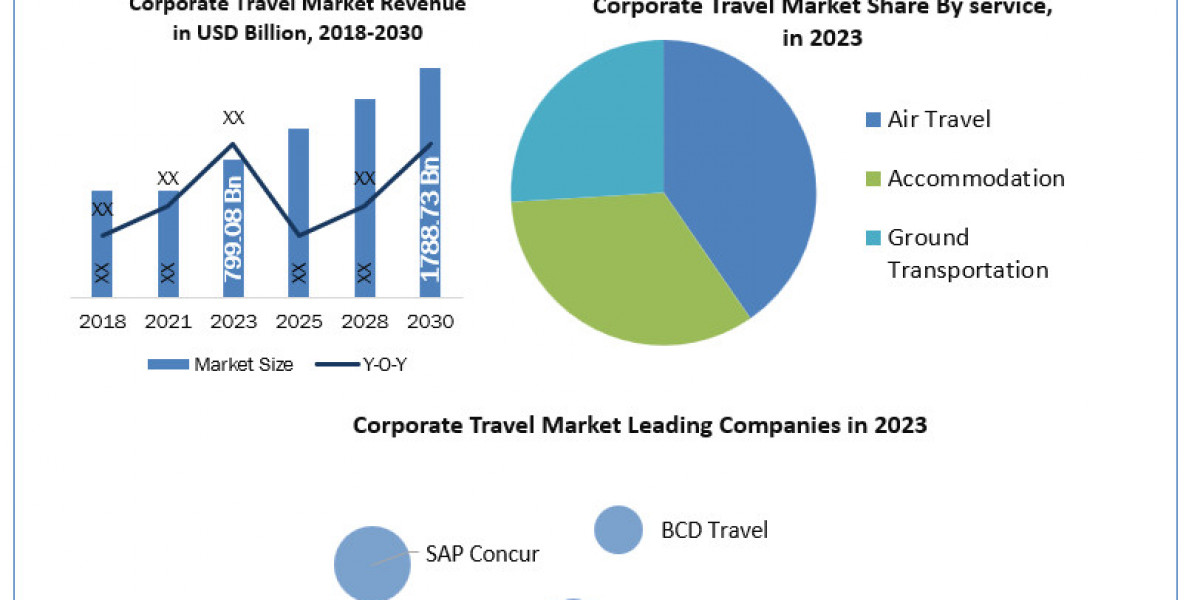Introduction
In the world of television broadcasting, live streaming, and media distribution, the term playout refers to the process of transmitting pre-recorded and live video content to an audience. A playout system automates this transmission, ensuring seamless scheduling, transitions, and content delivery. Whether you’re a TV station, streaming platform, or corporate broadcaster, understanding playout technology is essential for an efficient and high-quality broadcast experience.
In this guide, we’ll explore what playout is, how it works, its key features, and how to choose the right playout system for your needs.
1. What is Playout?
Playout refers to the final stage of broadcasting, where scheduled media content—such as TV shows, advertisements, and news segments—is transmitted from a media server to a distribution platform (TV channels, OTT services, or live streaming platforms). It ensures that content is aired in the correct order and without disruptions.
Types of Playout Systems:
Linear Playout: Traditional broadcasting, where content follows a fixed schedule (e.g., TV channels).
Non-Linear Playout: On-demand content delivery, allowing viewers to choose what and when to watch (e.g., Netflix, YouTube).
Cloud-Based Playout: Remote broadcasting through cloud technology, reducing infrastructure costs.
2. Why is Playout Important?
A. Ensures Seamless Broadcasting
Playout systems automate video transmission, reducing manual errors and improving efficiency.
B. Supports Multi-Platform Delivery
Modern playout solutions enable broadcasters to air content on multiple platforms, including TV, web, and mobile.
C. Enables Real-Time Content Insertion
Playout technology allows broadcasters to insert live feeds, breaking news, and advertisements dynamically.
D. Enhances Viewer Experience
With smooth transitions and high-quality playback, playout systems improve content presentation and engagement.
3. Key Features of a Playout System
A. Playlist Management
Schedule and automate video playback.
Arrange content in a sequence to match programming requirements.
B. Graphics and Branding
Overlay logos, tickers, and animations for professional branding.
Add subtitles and closed captions for accessibility.
C. Multi-Format Compatibility
Supports various video formats such as MP4, AVI, and MOV.
Ensures smooth playback across different media devices.
D. Cloud and On-Premise Deployment
Cloud-based playout for remote access and flexibility.
On-premise solutions for secure and local content control.
E. Live and Pre-Recorded Content Integration
Allows seamless switching between live streams and scheduled content.
4. Best Playout Software Solutions in 2024
A. PlayBox Technology
Ideal for TV broadcasting and live streaming.
Cloud-based and on-premise options available.
B. Cinegy Air
High-performance playout software with multi-channel support.
Advanced scheduling and automation features.
C. vMix
Designed for live production and streaming.
Supports real-time switching and video overlays.
D. Medialooks Video SDK
Suitable for developers needing API-driven playout solutions.
Supports IP broadcasting and media workflow automation.
5. How to Choose the Right Playout System
A. Identify Your Broadcasting Needs
Are you operating a 24/7 TV station, a corporate video network, or a live-streaming service? Choose a system that aligns with your goals.
B. Check System Compatibility
Ensure the playout software supports your existing hardware and broadcasting setup.
C. Look for Automation Features
Advanced scheduling and automation save time and reduce operational costs.
D. Cloud vs. On-Premise Deployment
Consider cloud-based playout for flexibility or on-premise solutions for more control.
E. Evaluate Cost and Scalability
Choose a playout system that fits your budget and can scale with your broadcasting needs.
6. Best Practices for Using a Playout System
A. Organize Your Media Library
Keep video files well-structured for easy scheduling and retrieval.
B. Test Before Going Live
Run pre-broadcast tests to ensure smooth transitions and avoid playback errors.
C. Implement Redundancy Systems
Backup playout servers prevent downtime in case of system failures.
D. Monitor Analytics and Performance
Use analytics tools to track viewership, engagement, and broadcast quality.
7. Future Trends in Playout Technology
A. AI-Powered Automation
AI is being integrated into playout systems for smarter scheduling and content recommendations.
B. Increased Cloud Adoption
Cloud-based playout solutions are becoming the industry standard due to cost-effectiveness and scalability.
C. 4K and 8K Ultra HD Support
As high-resolution content gains popularity, playout systems are evolving to support 4K and 8K broadcasting.
D. Interactive and Personalized Broadcasting
Real-time audience engagement and AI-driven personalization are shaping the future of media playout.
Conclusion
A playout system is the backbone of any professional broadcasting setup, ensuring seamless video scheduling, automation, and high-quality content delivery. Whether you’re running a TV channel, streaming service, or corporate video network, choosing the right playout solution can optimize efficiency, reduce operational costs, and enhance viewer engagement.
https://www.muvi.com/playout/









